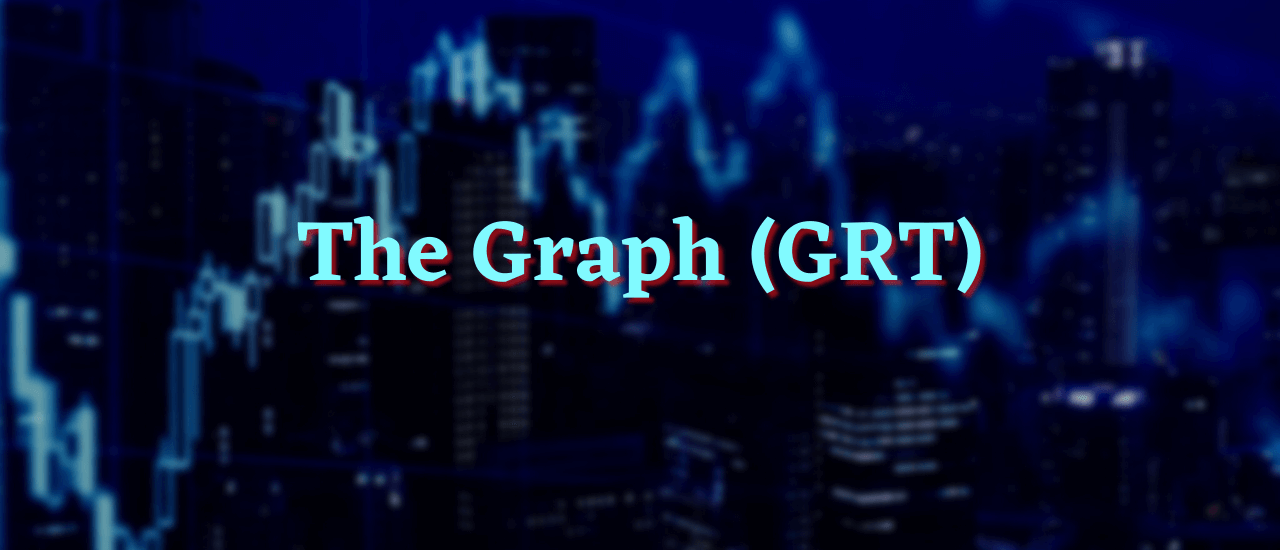
What is Graph (GRT) in Blockchain?
Introduction
The Graph was founded in the year 2018 by Yaniv Tal, Jannis Pohlmann, and Brandon Ramirez with the aim to launch the first decentralized indexing and querying app. Going forward in the year 2020 team launched the Graph mainnet which is seen as the way to complete the decentralization of applications that further creates the network of service providers. Thus, the project is completely focused on improving the accessibility of Web 3.0 for all and enables the creation of dApps.
What is the Graph (GRT)?
The Graph is an open–source protocol that works on the Distributed Ledger Technology (DLT) designed as a decentralized interface for collecting blockchain data without the involvement of third parties. Furthermore, the GRT protocol is a form of global API which is used for indexing, organizing, and querying the information by using the GraphQL programming language. Its open and public APIs called subgraphs make it easier for thousands of dApps to operate on the network. This network relies on the nodes to operate and allows indexers, curators, delegators, and others to participate in the marketplace using the GRT tokens which are the native currency of the Graph network.
Features of Graph (GRT)
There is certain uniqueness that has been brought to the blockchain ecosystem with the introduction of Graph and its features.
- — It is a unique decentralized project that facilitates data querying and indexing.
- — The Graph has both market and technical utility as GRT tokens, which are traded in the crypto market.
- — The Graph uses a subgraph to index data that is collected from supported networks such as Ethereum.
- — Curators organize and classify the data y while delegators secure the network by delegating the GRT coins to indexers.
- — The Graph can’t be mined but work on the Proof of Stake consensus mechanism.
How Does the Graph Work?
As DeFi is gaining more popularity, Graph protocol has also become a relevant topic in the crypto ecosystem. It allows developers and network participants to use public and open APIs for building their own subgraphs for dApps to facilitate data querying, indexing, and collection. The Graph’s hosted service processed around 20 billion queries in April 2021 alone. The market participants in the Graph ecosystem are incentivized to improve APIs and provide accurate data through a GRT token as a gateway. In the hierarchy of the Graph network, Indexers act as the node operators and stake GRT tokens for enabling indexing and querying. Thus, network users are able to build apps on Ethereum, PoA, and IPFS, through GraphQL which makes the network accessible for the future too. Furthermore, their intrinsic value is defined on the basis of what the project has to offer and market conditions.
Market Scenario of the Graph Network
The Graph was launched with a supply of 10 billion GRT as indexing rewards. The initial annual issuance rate of GRT was 3% which is subjected to technical governance. Furthermore, it burns the withdrawal tax which is usually charged to curators along with 1% as the protocol query fees. Thus, the inflationary and deflationary state of the digital asset would largely depend on the number of queries processed by the Graph. Alongside this, the market rank and market dominance of the Graph is defined as the product of the number of GRT tokens in circulation and the current price of the Graph.
Final Words
This unique project is the answer to several dApps concerns which are not easily achievable. Besides expanding the decentralized market, the interoperability between the Graph mainnet and accessible networks is the strength Graph brings to life in the crypto ecosystem. Its GRT tokens are also gaining popularity as an investment alternative for crypto enthusiasts and others.
